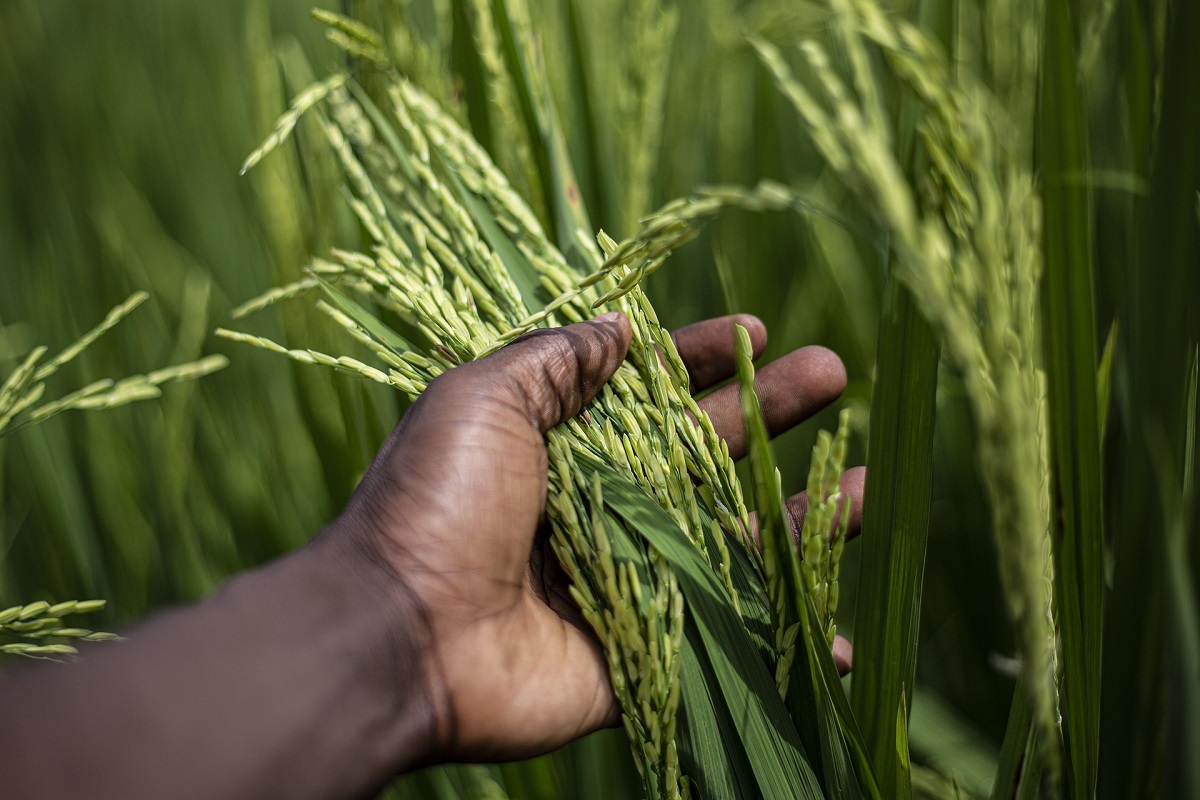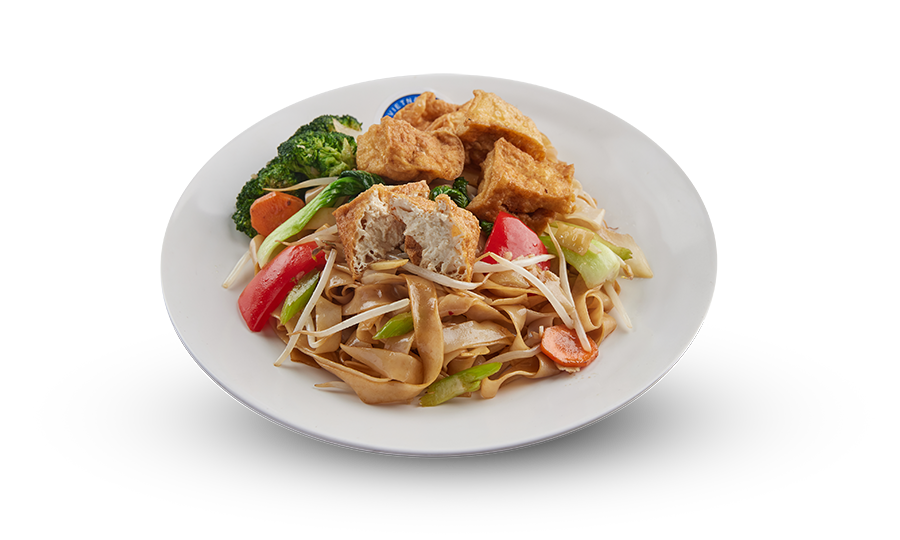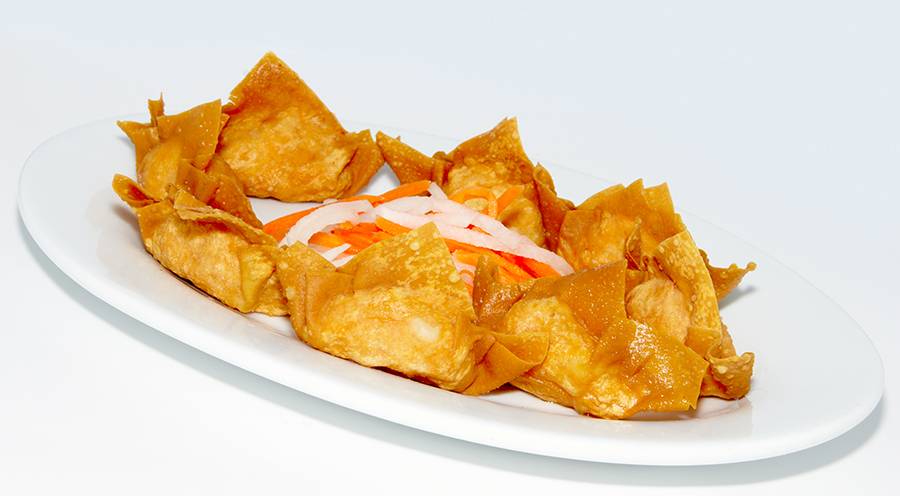
Rice is one of the oldest and most important crops in the world. It is believed to have originated in Asia, and its cultivation dates back over 5000 years. Rice cultivation has played a significant role in shaping many societies' cultural and social practices. In many parts of the world, rice is a staple food and a symbol of community and tradition.
Rice cultivation has had a profound impact on land ownership and labour practices. In many cultures, rice paddies are communal property, and the labour required for rice cultivation is shared among the community. This has led to strong social bonds and a sense of shared responsibility. Rice cultivation has also influenced the development of complex irrigation systems and terraced fields, which have become iconic landscapes in many parts of the world.

Are you considering running a franchise but worried that your lack of culinary expertise might hold you back? Well, let me tell you a secret: being a chef is not the most crucial ingredient to running a successful franchise. Sure, having a passion for food and a basic understanding of the industry helps, but it's not the only thing that matters. In fact, some of the most successful franchise owners need more experience in the kitchen.
Franchising is a business model that allows individuals to own and operate a business under an established brand name. The franchisee, or owner, pays a fee to the franchisor for the right to use their trademark, products, and business model. In return, the franchisee receives support and guidance from the franchisor, including training, marketing, and ongoing assistance.
Read more: The Secret Ingredient to Running a Franchise: It's Not Being a Chef

Cooking has been a long-standing tradition in many cultures, with recipes and techniques passed down from generation to generation. But when it comes to men in the kitchen, different cultures have varying views. Some see it as a sign of masculinity and strength, while others view it as a feminine activity. From grilling to gourmet, men have been making their mark in the culinary world, and the perception of their role in the kitchen constantly evolves. In this article, we'll explore the cultural attitudes toward men in the kitchen and how they have changed over time. So please put on your apron and join us as we take a journey through different cultures and see how they view men in the kitchen.
Historical Perspective of Men in the Kitchen
Cooking has been an essential part of human existence since the beginning of time. But it was seen as a woman's job for the longest time. Men were expected to be the breadwinners, while women cared for the home and children. However, as societies evolved, so did the roles of men and women. With more women entering the workforce and with the rise of feminism, gender roles began to shift. Men started taking on more domestic responsibilities, including cooking.
Read more: From Grilling to Gourmet: How Different Cultures View Men in the Kitchen

Canada is known for many things, including its food. While some Canadian dishes are similar to what you would find in other countries, there are also some unique items you can only find in Canada. So, if you're a foodie or just looking to try something new, check out these five Canadian foods worth trying!
Poutine - a dish of French fries, cheese curds, and gravy.
If you’re looking for a unique and tasty snack, try poutine! This mouthwatering dish combines French fries, cheese curds, and gravy - it doesn’t sound like it should work together, but trust us when we say that it really does. It’s Canada’s national dish and is especially popular in the colder months - all the better to warm your belly on chilly days. In recent years, poutine has conquered even more hearts worldwide as more people have experienced its comforting hug of harmony (in a rather delicious form). If you're looking for various poutine, your options are endless. Whether you prefer the indulgent triple pulled pork version or want something more whimsical, such as rainbow-coloured poutine - there's something to satisfy everyone's cravings! There is no shortage of poutine options in Canada.

All you vegan and non-vegan food lovers out there, join us on a tantalizing Vietnamese adventure! Let's explore the deliciousness of Toronto Pho and its Chay menu - because nothing beats some unique plant-based cuisine. Delve into the world of Chay dishes and discover which foods are most beloved among our guests with us today! We'll provide you with valuable tips so that you can make your meals even more unforgettable. So what are we waiting for? Get your chopsticks ready as it's time to dig in!
Rule 1. You don't need to be vegan to enjoy Toronto Pho's "Chay" Menu.
Contrary to popular belief. You don't need to be vegan to enjoy some good vegan food! Veganism has gone mainstream, and at Toronto Pho, even meat-eaters embrace the deliciousness of their vegan Vietnamese food selections. From our Vegan Pho to our saucy Vegan Pad Thai, you don't need to be a vegan to enjoy our "Chay" menu — just an appetite for some seriously good eats. From start-to-finish, ingredients are locally sourced and non-GMO to bring you naturally spectacular plant-based dishes that'll transport your taste buds straight to Southeast Asia without ever leaving Toronto!

It's that time of year again when the weather outside is frightful, but your cravings for ice-cold drinks are still very real. You may be wondering: can you have cold drinks in the winter? The answer is yes, and here's a closer look at why.
It's a common misconception that you can't have cold drinks in the winter - but you can!
Embrace the cold weather and enjoy your favourite iced beverage in the City of Woodbridge! Contrary to popular belief, you can keep having those icy drinks in winter - nobody's gonna stop you. Whether it's a chai latte, a yummy fruit smoothie or a plain old iced coffee - satisfy your cold drink craving without worrying about breaking some seasonal rule.
More Articles ...
Page 17 of 52





















